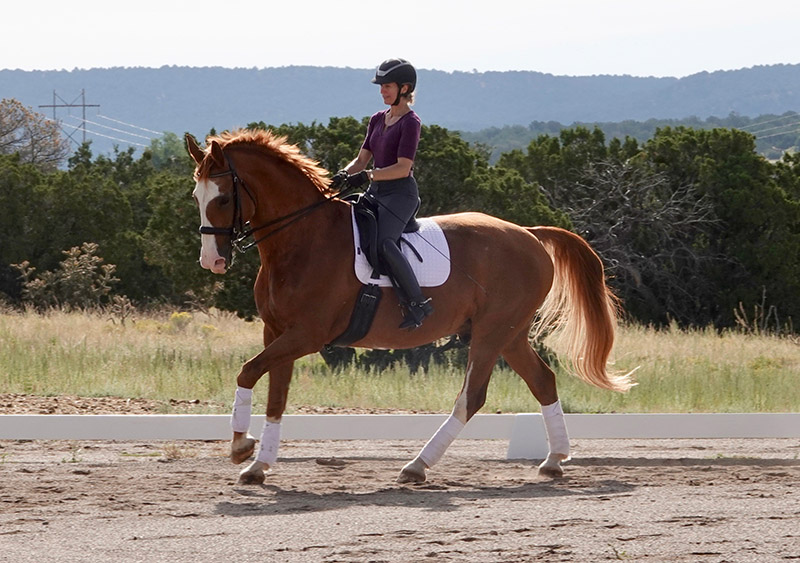Caring for therapeutic horses involves a unique set of responsibilities. These special animals often play crucial roles in therapy for individuals with various needs. One important aspect of their care is shampooing. Proper grooming ensures their health and well-being, allowing them to perform their duties effectively. This guide provides essential shampooing tips for therapeutic horses to help you maintain their coats and skin in optimal condition.

Why Shampooing Is Important for Therapeutic Horses
Regular shampooing is integral to maintaining the health of a horse’s coat and skin. It removes dirt, debris, and excess oils that can lead to skin problems and discomfort. For therapeutic horses, who often interact closely with humans, cleanliness is essential. A clean coat not only looks appealing but also reduces the risk of transmitting allergens or skin irritants to people.
Choosing the Right Shampoo
The first step in effective shampooing is selecting the right product. Not all shampoos are created equal, and using the wrong one can lead to skin irritation or other issues. Look for shampoos specifically designed for horses, which can be found at specialized stores or online. If you’re wondering about the suitability of using horse shampoo on other animals, this guide might be useful.
Ingredients to Look For
When choosing a shampoo, prioritize natural ingredients that are gentle on the skin. Aloe vera, chamomile, and oatmeal are excellent choices for soothing and moisturizing. Avoid shampoos with harsh chemicals like sulfates and parabens, which can strip natural oils and cause dryness.
The Role of Medicated Shampoos
Sometimes, therapeutic horses may require medicated shampoos to address specific skin conditions. However, it’s important not to overuse these products. For more insights into the appropriate use of medicated shampoos, you can refer to this resource.
Preparing for the Shampooing Session
Before you begin shampooing, gather all necessary supplies: a gentle horse shampoo, a large bucket, a soft sponge, and plenty of water. Make sure the area is safe and comfortable for both you and the horse. Its also a good idea to brush the horse’s coat to remove loose dirt and tangles before applying shampoo.
Water Temperature Matters
Ensure the water is lukewarm. Water that’s too hot or too cold can be uncomfortable for the horse and may even cause stress or skin irritation.
Step-by-Step Shampooing Process
1. Wetting the Coat
Start by wetting the horses coat thoroughly. This can be done using a hose or a large sponge. Ensure the water reaches the skin to effectively loosen dirt and oils.
2. Applying the Shampoo
Once the coat is wet, apply a small amount of shampoo onto the sponge. Begin lathering the shampoo into the coat using circular motions. Be gentle around sensitive areas such as the face and ears.
3. Rinsing Thoroughly
After shampooing, rinse the coat thoroughly with clean water. Ensure all the shampoo is washed out, as any residue can cause skin irritation. Its crucial to be thorough, especially with therapeutic horses that might have sensitive skin.
4. Drying the Coat
Once rinsed, use a clean towel to gently pat the coat dry. Avoid rubbing, which can cause tangling or damage to the hair. If the weather permits, allow the horse to air dry naturally in a warm, sunny area.
Maintaining a Regular Shampooing Routine
Establishing a regular shampooing routine is beneficial for therapeutic horses. Depending on the horse’s activities and environment, aim to shampoo every 4-6 weeks. For retired horses, this routine might differ slightly.
Additional Grooming Tips
Caring for the Mane and Tail
The mane and tail require special attention during grooming sessions. Use a conditioner to keep them moisturized and tangle-free. For detailed instructions, consider exploring this guide.
Inspecting for Skin Issues
While grooming, inspect the horse’s skin for signs of irritation, redness, or unusual lumps. Early detection of skin problems can prevent more serious health issues.

Frequently Asked Questions
What type of shampoo is best for therapeutic horses?
Opt for shampoos with natural ingredients like aloe vera and chamomile. These are gentle and soothing, minimizing the risk of irritation.
How often should I shampoo my therapeutic horse?
Shampooing every 4-6 weeks is generally sufficient. However, this may vary depending on the horse’s activities and skin condition.
Can I use medicated shampoos regularly?
Medicated shampoos should be used only as needed for specific conditions. Overuse can lead to skin imbalance or sensitivity.
For more tips on horse grooming, you can visit this external resource.
This article contains affiliate links. We may earn a commission at no extra cost to you.








